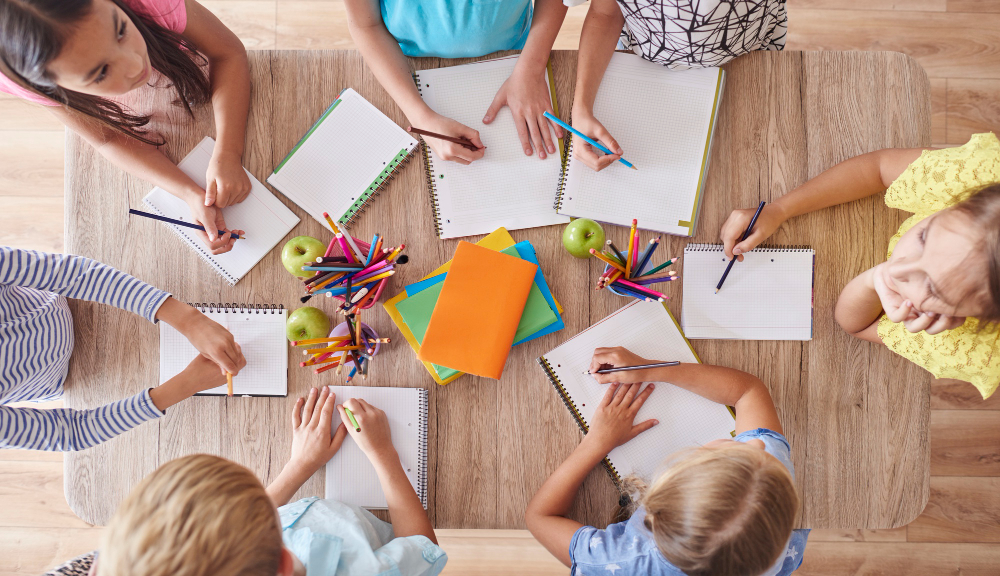지적장애 아동 연구 번역(한국어 원본)본 연구는 지적장애아동을 대상으로 필름카메라를 이용한 사진치료활동을 실시하여 그들의 자아존중감 향상에 어떠한 효과를 주는지 알아보고자 한 것으로 연구결과 밝혀진 주요 내용을 중심으로 논의하면 다음과 같다.
첫째, 필름카메라를 이용한 사진치료활동이 지적장애 아동의 자아존중감을 향상시키는데 유의한 효과가 있는 것으로 나타났다. 자아존중감의 모든 하위요인인 총체적 자아존중감, 사회적 자아존중감, 가정적 자아존중감, 학교적 자아존중감에서도 유의한 효과를 보였다. 자아존중감의 하위요인별 관찰 기록을 토대로 분석한 결과 각각의 요소별로 자아존중감이 질적으로 향상된 것으로 나타났다. 이와 같은 결과는 본 프로그램에서 자아증진을 돕기 위해 구성한 내용이 자아에 대한 탐색과 이해, 성찰을 통해 자기에 대한 확신과 자신감을 갖게 됨으로써 얻게 된 것이라고 볼 수 있겠다. 이러한 결과는 사진치료활동이 청소년의 자아존중감을 향상시킨다는 최정화(2008)의 연구와 일치하였으며 사진활동이 경도 정신지체 고등학생의 자아개념 향상에 긍정적인 효과를 미친다는 김기화(2008)의 연구와도 일치하였다.
본 연구 결과를 통해 필름카메라를 이용한 사진치료활동은 참여한 아동들에게 자아의 탐색활동을 수행하여 자신감을 회복하고 타인의 눈을 통해 자신을 성찰하고 자신에 대한 확신을 가지는데 많은 도움을 주었다는 것을 알 수 있었다.
둘째, 필름카메라를 이용한 사진치료활동을 통해 본 회기별 관찰과 K-HTP 그림의 변화는 지적장애아동의 자아존중감을 향상 시키는 것으로 나타났다. 프로그램 실시 후 모든 대상들이 자아존중감이 향상된 모습을 보였으나 개인별 성향과 가정환경, 참여에 대한 의지 등에 따라서 자아존중감 향상 폭에 차이를 보였다. 따라서, 사진치료활동의 각 회기 별 목표와 부합되는 것 뿐 만 아니라 참여자의 성별, 성격, 흥미 등을 고려한 보다 세심함과 가정과 연계하여 아동의 자아존중감과 관련된 동기를 부여할 수 있는 방안을 모색한다면 보다 효과적일 것이다.
이러한 결과는 지적장애아동을 대상으로 매체를 달리 하여 프로그램을 실시한 연구결과(김난희, 2010) 아동들의 자아존중감과 정서적, 심리적 성장을 돕는다는 점에서 일치함을 볼 수 있었다. 이는 Rogers(2006)가 보고한바, 예술치료의 매체와 기법을 통하여 자신을 자연스럽게 표현하여 방어기제를 완화시켜주며, 대인관계 문제 해결력을 높여줄 수 있다. 따라서, 자아존중감과 관련하여 지적장애아동들에게 빈번하게 나타나는 심리적, 정서적, 사회적 문제행동 및 부적응 상태를 완화하고 대인관계 문제를 극복하는데 기여하는 연구도 의의가 있을 것으로 보인다.
셋째, 필름카메라라는 한 가지 매체를 통하여 주제별로 카메라와 필름을 선택할 수 있도록 하여 지적장애아동의 적극성을 이끌어내었을 뿐만 아니라 자신과 관련된 것들을 찍는 활동이 동기유발에 영향을 미쳤을 것으로 보인다. 이는 기계조작을 통하여 지적장애아동의 자아개념의 향상을 가져올 수 있으며 기계의 조작에 많은 시간을 할애하기보다는 사진촬영에 비중을 두어 프로그램 참가자 흥미를 유발할 수 있도록 해야 한다고 보고한 김기화(2008)의 연구결과와도 일치한다. 이는 지적장애아동의 특성과 개인적 요구를 고려하여 그들에게 적절한 교육 및 치료적 접근을 모색하게 된다면 자아존중감의 향상은 물론 문제행동의 경감 및 아동 각각의 잠재된 능력을 개발시키는데 기여할 수 있을 것이다. |
지적장애 아동 연구 번역(영어 번역본)In the current study, photo therapy using film camera for children with intellectual disability was performed in order to investigate the effect on the improvement of their self-esteem. The main results from the study are as follows.
First, photo therapy using film camera had a significant effect on improving the self-esteem of children with intellectual disability. All sub-factors of self-esteem, which are global self-esteem, social-peer self-esteem, home-parents self-esteem, and school-academic self-esteem, also showed significant improvement. From analysis of observations of each sub-factor, all sub-factors of self-esteem showed qualitative improvement. It can be said that the current program that has been developed to help with ego-enhancement led to self-conviction and confidence through self-exploration, understanding, and examination, and produced the results of the study. The results agreed with the study by Choi (2008), which reported that photo therapy improves self-esteem of teenagers. The results also agreed with the study by Kim (2008), which reported that photography has positive effect on formation of self-concept in high school students with mild intellectual disability.
It can be seen from the results that photo therapy using film camera greatly helped the children who participated to regain confidence through self-exploring activities, to reflect on oneself through eyes of the others, and have conviction in oneself.
Second, observations per session and change in K-HTP drawing seen through photo therapy using film camera resulted in improvement of self-esteem in children with intellectual disability. After the program, all participants showed improvement in self-esteem, but the extent of improvement depended on individual tendencies, domestic environment, willingness to participate, etc. Therefore, it will be more effective if a more detailed program that takes into account of participant’s gender, personality, and interests can be developed and a motivation related to children’s self-esteem can be provided in conjunction with each family.
Such result coincided with a study that used a different medium for children with intellectual disability and concluded that the therapy helped growth in self-esteem, emotion, and mind of the children (Kim, 2010). As reported by Rogers (2006), medium and technique from art therapy helps alleviate defense mechanisms by naturally expressing oneself and improve problem-solving skills in interpersonal relationship. Therefore, it is likely that a research on alleviation of problematic behavior and maladaptation in mental, emotion, and social states and overcoming interpersonal problems will be useful.
Third, film camera as a medium not only elicited activeness from the children by allowing them to choose camera and film for each theme but also influence motivation through the act of taking photo related to oneself. This observation agrees with results from a study which reported that more time should be devoted to photo shooting than manipulation of the machine in order to invoke interest from program participants (Kim, 2008). If appropriate education and therapeutic approach that takes into account of the characteristics and individual needs of children with intellectual disability can be developed, improvement in self-esteem as well as reduction in problematic behavior and development of latent ability in each child may be achieved. |
